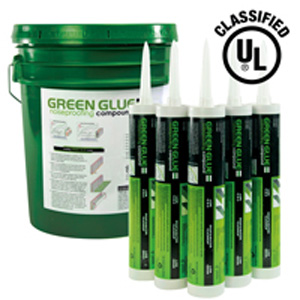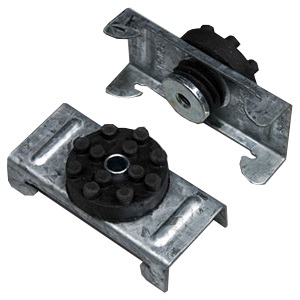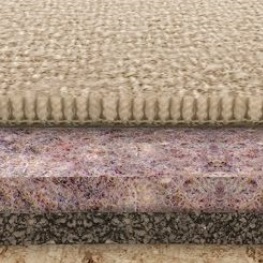Residential Soundproofing – Roanoke, VA
We were recently contacted by a customer in Virginia with a house renovation underway. They planned to turn their basement into a rental unit and were concerned about the new tenant making and hearing noise through the ceiling, and wanted help with soundproofing from floor to floor. Our client was very clear that they wanted to do this one time and get it right. At the time of the call, the basement ceiling was simply exposed floor joist.
The customer provided the following information; height and spacing of the floor joist- 2 x 12, 16” on center; construction of the subfloor above-one layer of ¾” thick plywood screwed to the floor joist; and the finished floor above- new hardwood floors and some carpet. With this information, and the room dimensions, we developed a soundproofing system for the basement ceiling, and the floor above.
Our first step was to discuss options for the new wood floor. Rather than using a nail down wood, which would transmit all footsteps below, we suggested an engineered wood floor, with Privacy Ultimate Underlay beneath. Our experience has been that a glued wood floor provides a better feel underfoot, and Privacy Ultimate Underlay works extremely well with a glue down wood floor. The thickness of the wood floor and the underlay needed to match the height of the new carpet. Privacy Ultimate Underlay is available in many thicknesses, and we selected 5mm for this project. For the carpeted areas, Privacy Plus Carpet Underlay was the right choice, for excellent blocking of both footsteps and airborne noise.
The ceiling below would perform the very best with sound isolation clips, and two layers of drywall. They anticipated that the renter would have modern TVs with very high-quality speakers. Our customer wanted to maximize the soundproofing, so we included Green Glue Damping Compound between the drywall layers for additional blocking of low-frequency noise like that from a stereo or home theater.
The question of whether or not to use insulation between the floor joist is very common. The answer is yes, always use insulation. Don’t skip this step; leaving the ceiling cavity empty is a mistake. We suggest Sound Attenuation Batts, or a product like Roxul Safe-n-Sound. Both are available from a local builder supply most of the time.
We quoted everything for the project, spoke with the contractor a couple times, and delivered our products in three days. The soundproofing portion of the job was completed in a week, and the renters moved in three weeks later. During our follow-up, the customer said everything went smooth and the results were better than expected.
THAT is what we like to hear!



